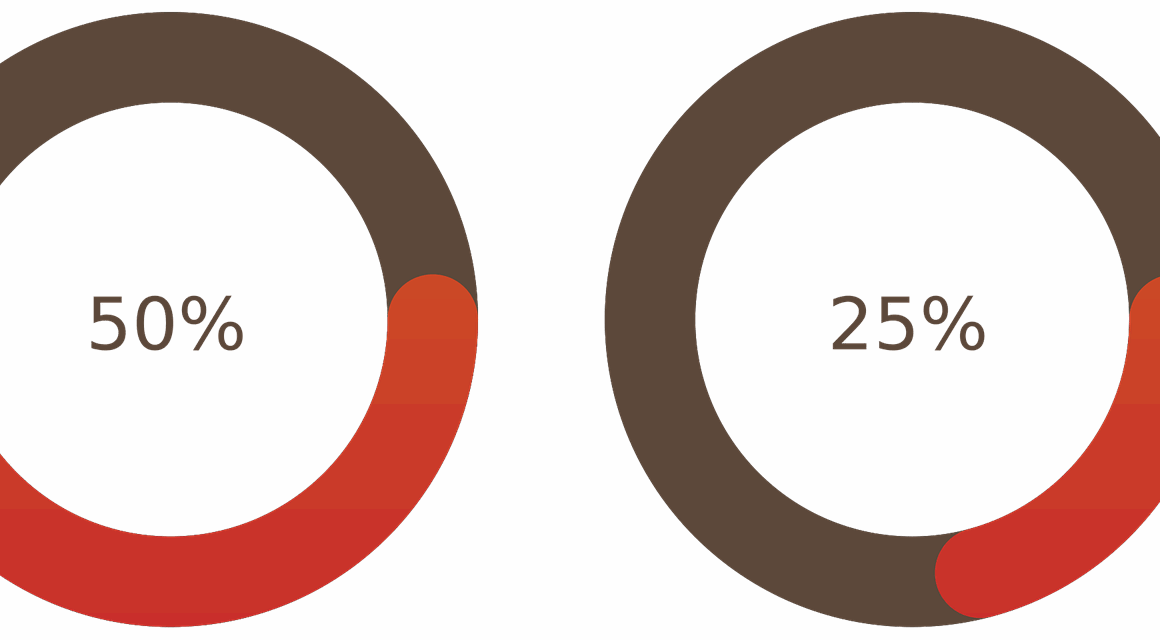The Evolution of Water Intake Tracking Software Over the Years
Water intake tracking applications have significantly evolved over the years, adapting to technological changes and user needs. In the early days, simple tracking methods relied on manual processes, where users had to log their water intake on paper or in spreadsheets. These methods were limited, cumbersome, and often resulted in underreporting water consumption. As smartphones became prevalent, developers began creating apps to automate this process, allowing users to quickly record their hydration throughout the day. The onboarding process in these initial apps was fundamental, often requiring users to input their personal data, such as age, weight, and activity level, for tailored guidance. Over time, additional features were introduced, such as reminders to drink water, graphical representations of daily intake, and compatibility with wearable devices. Crucially, the integration of social features has emerged, allowing users to share their hydration goals and achievements, fostering a sense of community. This appraisal of water intake tracking software showcases how innovation has improved functionality, making it more user-friendly. The shift from manual to automated tracking represents just the beginning of this exciting evolution in health monitoring technology.
As these applications progressed, several key features began to differentiate them in the market. Users now expect intuitive user interfaces, real-time tracking, and sophisticated analytics. Comprehensive hydration software offers customizable daily goals based on individual factors like exercise, climate, and health conditions. Moreover, gamification elements have enhanced user engagement, turning hydration into a more enjoyable challenge. For example, earning badges for consistent water intake can motivate users to stay on track. Noteworthy apps now utilize machine learning to analyze usage patterns and provide personalized suggestions for improvement. Connectivity with other health apps and devices has become essential, allowing users to manage all aspects of their health in one place. Syncing data with fitness trackers not only tracks water intake, but it also calculates hydration needs based on physical activity. Privacy concerns have led these applications to emphasize data security, ensuring users’ information remains confidential. As the market for these apps expands, user feedback plays a crucial role in shaping future updates and features. Companies are increasingly listening to their clients, making responsive changes to enhance the user experience. Innovation in water tracking is just beginning.
The Role of Technology in Hydration Monitoring
Smart technology has revolutionized how users approach hydration, with innovations extending beyond traditional apps. Today, smart water bottles equipped with sensors can track hydration levels and connect to smartphones to sync data seamlessly. These bottles remind users to drink at regular intervals, addressing forgetfulness, particularly during busy workdays. This blend of physical products and applications serves to enhance the overall experience, compelling users to remain vigilant about their hydration habits. Prototypes and testing of smart bottles indicate high accuracy levels in measuring water intake, responding dynamically to ensure that users receive actionable insights. Furthermore, these advancements help raise awareness regarding hydration’s importance for overall health. As studies continuously show that hydration affects mood, energy levels, and cognitive function, the popularity of such technologies has surged. The interactive capabilities of smart bottles, combined with traditional apps, cater to diverse user preferences and lifestyles. Users can select whether to utilize a comprehensive app alone or complement it with a smart bottle, reflecting personal choices and needs. This integrated approach ultimately cultivates healthier hydration habits over time, showcasing the potential of technology in enhancing daily wellness practices.
As part of the continuing evolution of hydration software, new trends and features emerge each year, demonstrating the shifting landscape of health applications. Among these trends, social media integration has become increasingly prevalent. Users can share their progress on platforms like Instagram and Facebook, thus adding a social element to achieving hydration goals. This communal aspect encourages competition and support, as users become more motivated when they engage with their social circles. Moreover, influencers and health experts can share hydration tips through these platforms, widening audience reach. Another trend includes the incorporation of rewards systems that offer incentives for reaching daily water intake goals, enhancing user motivation. With rising concerns about sedentary lifestyles, apps are increasingly advising users to incorporate fluid intake during exercise sessions. Pairing workouts with hydration tracking has proven beneficial for health overall, as users become more receptive to reminders. Seasonal adjustments are also common, with alerts prompting users to drink more water in hotter months. Adaptability ensures that these applications can cater to users’ evolving needs, reflecting a commitment to promoting better health. This proactive approach is central to maintaining user engagement and satisfaction in a competitive market.
Challenges Facing Water Intake Tracking Apps
Despite advancements in water intake tracking software, several challenges persist that hinder widespread adoption. One critical issue involves sustaining user engagement over time; initial excitement may wane as users return to their regular routines. Ensuring a seamless user experience is also vital, as any glitches or crashes can frustrate users and lead them to abandon an app altogether. Regular app updates are essential; however, developers often face resource constraints that limit how frequently they can push out new features. Additionally, the issue of data privacy remains a significant concern, with users increasingly wary of sharing personal information. Striking a balance between valuable insights and user privacy cannot be understated. Furthermore, while many apps offer general hydration advice, the lack of personalized recommendations can make it difficult for users to stay motivated. Tailored suggestions based on individual profiles can enhance perceived value, yet implementing sophisticated algorithms can be resource-intensive. Lastly, educating users on the importance of hydration and how to use these technologies effectively is an ongoing issue. User retention hinges upon proper onboarding processes that instill confidence and understanding of both software and hydration practices overall.
Looking towards the future, water intake tracking apps are poised for even greater innovations that could further enhance user engagement. With advances in artificial intelligence, individuals may expect hyper-personalized hydration plans correlating with diet and physical activities. Enhanced algorithms can analyze users’ habits more accurately, adjusting suggestions based on various lifestyle factors. These predictions could play a vital role in preventative health measures, helping users stave off issues tied to dehydration. The development of virtual reality features could offer immersive experiences, where users learn about hydration’s significance interactively. Community-driven features may evolve, integrating local health initiatives and challenges. Such platforms could encourage participation in collaborative health endeavors, such as workplace hydration competitions or neighborhood challenges. As smart home integration becomes more mainstream, synchronization with home automation systems to monitor all aspects of a user’s health will become feasible. Continuous feedback from users will guide these novel features, ensuring they meet real-life needs while promoting healthier habits. Overall, the water intake tracking app landscape will remain dynamic, with technology leading the charge toward personalized and engaging health solutions that transform how individuals think about hydration.
Conclusion
The evolution of water intake tracking software illustrates technological advancement in health monitoring, creating lasting impacts on individual habits and wellness. As competition among developers intensifies, users benefit from an influx of improved functionality and customized features designed to elevate water hydration practices. From simple logging methods to comprehensive smart solutions that integrate physical and digital experiences, the transformation has been remarkable. The interface is becoming increasingly user-friendly, which ultimately enhances the likelihood of sustained engagement. Membership in expansive communities fostering motivation and engagement will likely grow, reinforcing the significance of social influence in achieving health goals. Furthermore, as emerging technologies open new frontiers, user awareness about the importance of hydration continues to expand, underscoring the broader implications for personal health. This evolution isn’t just about building better apps; it’s about creating holistic ecosystems that empower users to manage their health actively. As developers remain responsive to user feedback, it’s expected that hydration management will further integrate into everyday life seamlessly. The lasting success of these tools ultimately hinges on their ability to adapt to and foster positive health behaviors for individuals everywhere. Future innovations will continue to lead the way as we redefine health monitoring.
As we move forward into a world increasingly dominated by smart devices, the evolution of water intake tracking applications embodies a broader trend in health technology, improving individual health outcomes.


